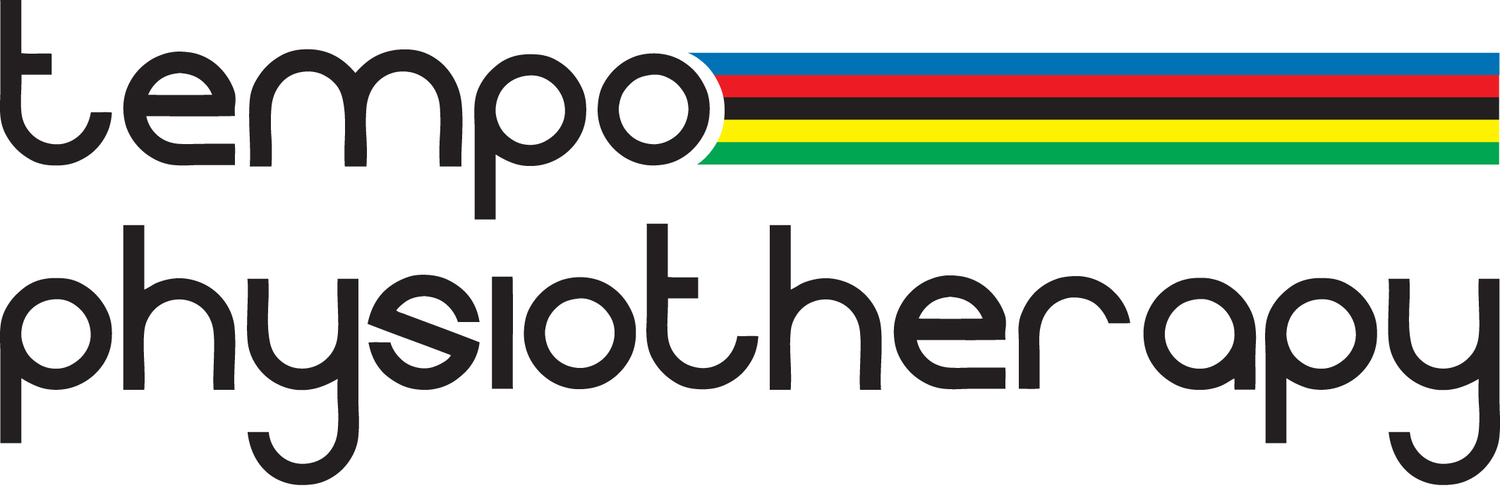The effects of detraining
Now that autumn has arrived, the clocks have changed and shorter days are ahead, the cycling miles tend to drop. With this reduction in miles also comes a reduction in fitness. The ‘use it or lose it’ cliché applies to the reversibility principles of fitness and exercise. How much fitness you lose if you decide to take a break or due to illness depends on what component of fitness is being discussed. Muscular strength, muscular endurance and cardiovascular will all decline at different rates. Below I have attempted to explain what happens to the body of a club level cyclist who puts his bike away for the next six months till the clocks change again and joins the majority of the population who do not participate in any exercise at all.
Day 0-3
After 3 days of inactivity, your fitness will have actually improved if you had been training hard up until day 0. After 3 days of rest your muscles would have had time to fully recover; glycogen stores replenished and muscle fibres repaired. At this point metabolic changes in the muscles are enhanced and maximises the ability to produce energy from fat stores and uptake glucose to fuel the ride. This is why tapering works before a big sportive and you shouldn’t ride right up to the day of the event.
Day 7 (Week 1)
After a full week on inactivity, changes are occurring that start the decline in fitness. The muscles now become less efficient at up taking glucose from the bloodstream. They rely on limited glycogen stores and are less efficient at replenishing those stores after exercise. Blood volume can be reduced by up to 12% causing a decrease in the amount of blood you heart can pump, per beat and in volume per minute. This results in the heart having to work harder to sustain a given workload than it did 7 days ago. The muscles are also starting to be less efficient at coping with lactate accumulation during hard efforts. Thus, the amount of time able to sustain hard intensity will decrease due to the burning in the legs and breathing demands.
Weeks 3
By week 3 the prime measure of aerobic fitness, V02 max, will have declined by up to 20 percent. The cause of this is multifactorial: reduced cardiac output due to reduced blood volume, reduced muscle mass of the ventricles of the heart (the pumping chambers) and a reduction in the network of very fine muscle capillaries which reduces oxygen uptake in the muscles. Furthermore, lung function also decreases due to the weakening of the accessory respiratory muscles within the ribcage.
One month
After a month all the above changes continue to progress, but with additional fundamental muscle changes. Muscle capillarisation will have returned to pre-training baseline (but is still likely to be higher than someone who has never trained). Biochemical pathways are becoming less efficient, making it harder to burn fat for energy and reducing endurance levels. Muscle mass is declining, reducing power and strength (and all out sprint speed) and muscle fibres are turning from Type IIa ( high intensity sustained efforts) to Type IIx fibres, which have much reduced endurance capabilities.
3 months
After 3 months without exercise, the ventricles of the heart can be reduced by 25%. The mitochondria within each muscle cell, the powerhouses that convert oxygen into energy, become less efficient by up to 45% and decline in number. Biochemistry changes mean that a return to exercise now, releases more stress hormones at a given intensity as it becomes more stressful for the body, which then increases recovery times.
6 months
The clocks have changed again, the days are longer and the good news is that your fitness declines have mostly stabilised. However, the volume of mitochondria per unit volume of muscle is still slowly declining, further reducing the ability to use oxygen. Although you might not have gained weight on the scales, the decrease in daily calories burnt and a loss of muscle mass, would have been balanced by an increase in fat mass and risk of diabetes and coronary heart disease.
The Good news
All of the above detraining effects can be reduced to a minimum with relatively small volumes of the right kind of training. Research shows that reducing your training volume by two thirds won’t harm your fitness, provided you include some very intense work, such asintervals, in the remaining one third. It can’t fully stop the decline in muscular endurance capacity to sustain long 50-60 miles rides, but it certainly prevents decreases in the cardiovascular system.
If you haven’t already done so, think about investing in a turbo-trainer or other training device for the long, dark winter nights and poor weather.
Tempophysiotherapy can now test you on your own turbo trainer, calculate your training zones and provide training plans to maximise your potential. All that’s needed to get the best out of your sessions is a standard heart rate monitor and watch, and a cycling computer set up on the back wheel ( a Garmin does all of these!)
